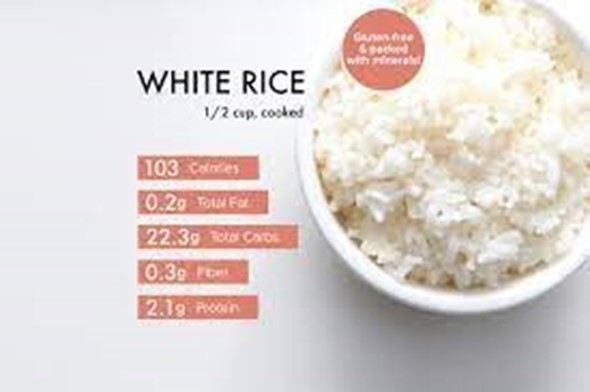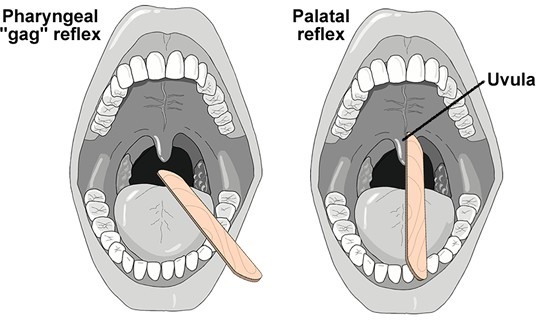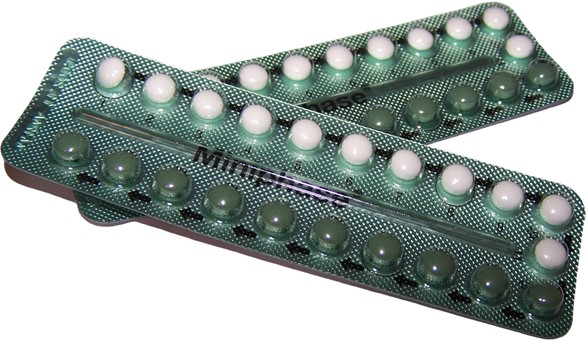A nurse is teaching about food choices to a client who has chronic kidney disease and must limit potassium intake.
Which of the following choices should the nurse recommend as containing the least potassium?
1/2 cup nonfat yogurt.
1 medium baked potato with skin.
2 tbsp peanut butter.
1 cup white rice.
The Correct Answer is D

White rice is a low-potassium food that can be recommended for a client who has chronic kidney disease and must limit potassium intake.
Nonfat yogurt (choice A) contains moderate amounts of potassium and may not be the best choice for someone who needs to limit their potassium intake.
A medium baked potato with skin (choice B) is high in potassium and should be limited to a low-potassium diet.
Peanut butter (choice C) also contains moderate amounts of potassium and may not be the best choice for someone who needs to limit their potassium intake.
Nursing Test Bank
Naxlex Comprehensive Predictor Exams
Related Questions
Correct Answer is B
Explanation
The nurse’s priority should be to assess the client’s gag reflex.

After an endoscopy with moderate (conscious) sedation, it is important to ensure that the client’s gag reflex has returned before allowing them to eat or drink.
Choice A is incorrect because while pain management is important, it is not the nurse’s priority in this situation.
Choice C is incorrect because the warmth of extremities is not the nurse’s priority in this situation.
Choice D is incorrect because temperature is not the nurse’s priority in this situation.
Correct Answer is A
Explanation

Oral contraceptive use is a risk factor for the development of DVTs.
Choice B is incorrect because cirrhosis is not a known risk factor for DVTs.
Choice C is incorrect because hypertension is not a known risk factor for DVTs.
Choice D is incorrect because NSAID use is not a known risk factor for DVTs.
Whether you are a student looking to ace your exams or a practicing nurse seeking to enhance your expertise , our nursing education contents will empower you with the confidence and competence to make a difference in the lives of patients and become a respected leader in the healthcare field.
Visit Naxlex, invest in your future and unlock endless possibilities with our unparalleled nursing education contents today
Report Wrong Answer on the Current Question
Do you disagree with the answer? If yes, what is your expected answer? Explain.
Kindly be descriptive with the issue you are facing.
